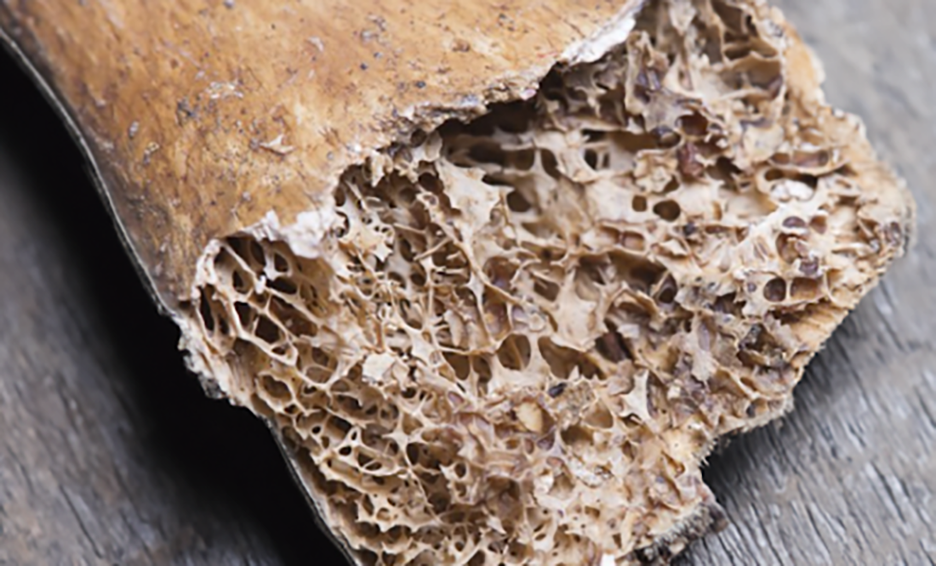A SNEAKY spider that becomes “virtually invisible to predators” has been discovered.
The critter is described as a “master architect”, and makes an unusual white hole that scientists say is “unlike anything seen before”.
5

5
Two different spiders were found in the Kimberly region of northern Australia.
They’ve been named Kwonkan fluctellus and Kwonkan nemoralis, and were found during 2022’s “Bush Blitz” edpition.
Now they’ve been described in a research paper by scientists who say they’re both types of trapdoor spiders – unusual for the location.
“We didn’t discover these spiders in the typical dry savanna landscapes the Kimberley is known for,” said Dr Jeremy Wilson, of the University of Western Australia.
“But instead the specimens we found of Kwonkan nemoralis, which grows to around the size of a 20-cent coin, were located deep within a gorge that shelters patches of richer forest.
“These wetter forest patches are quite small and usually sheltered by the gorge.
“So when you enter them, it’s a completely different environment –much more humid, with a different collection of plant species.”
There are lots of different types of trapdoor spiders found all around the world.
But scientists say that the Kwonkan spiders built themselves an unusual kind of home.
“Unlike most related species that build simple open entrances to their burrows, spiders of the Kwonkan genus create elaborate burrow entrances with unique features,” Dr Wilson said.
“We were exploring along a small creek when we noticed distinctive circular burrows in the sandy banks.”
The circular burrows have a strange raised rim, and look like a kind of white tunnel inside.
That’s because the spiders create a “silk collar” that scientists say is extremely unusual.
“The burrows constructed by the Kwonkan nemoralis had a little collapsible silken collar around the entrance,” Dr Wilson explained.

5
“Which had grains of sand embedded in it and were unlike anything we’d seen before.
“Clever engineering that serves multiple functions.
“When disturbed, the collar around the burrow’s entrance collapses and seals the entrance, while the sand blends perfectly with the surrounding landscape, making it virtually invisible to predators.
“One question we’re particularly interested in is why they build these unusual, modified entrances.

5
Everything you need to know about spiders

“And whether they may be adaptations to specific hunting strategies.
“Or for defending against predators such as scorpions, centipedes and wasps, which we know hunt these spiders.”
One theory is that the design can also help to protect the spiders from unexpected floods in dry areas.
The research was published in the Australian Journal of Taxonomy.

5







